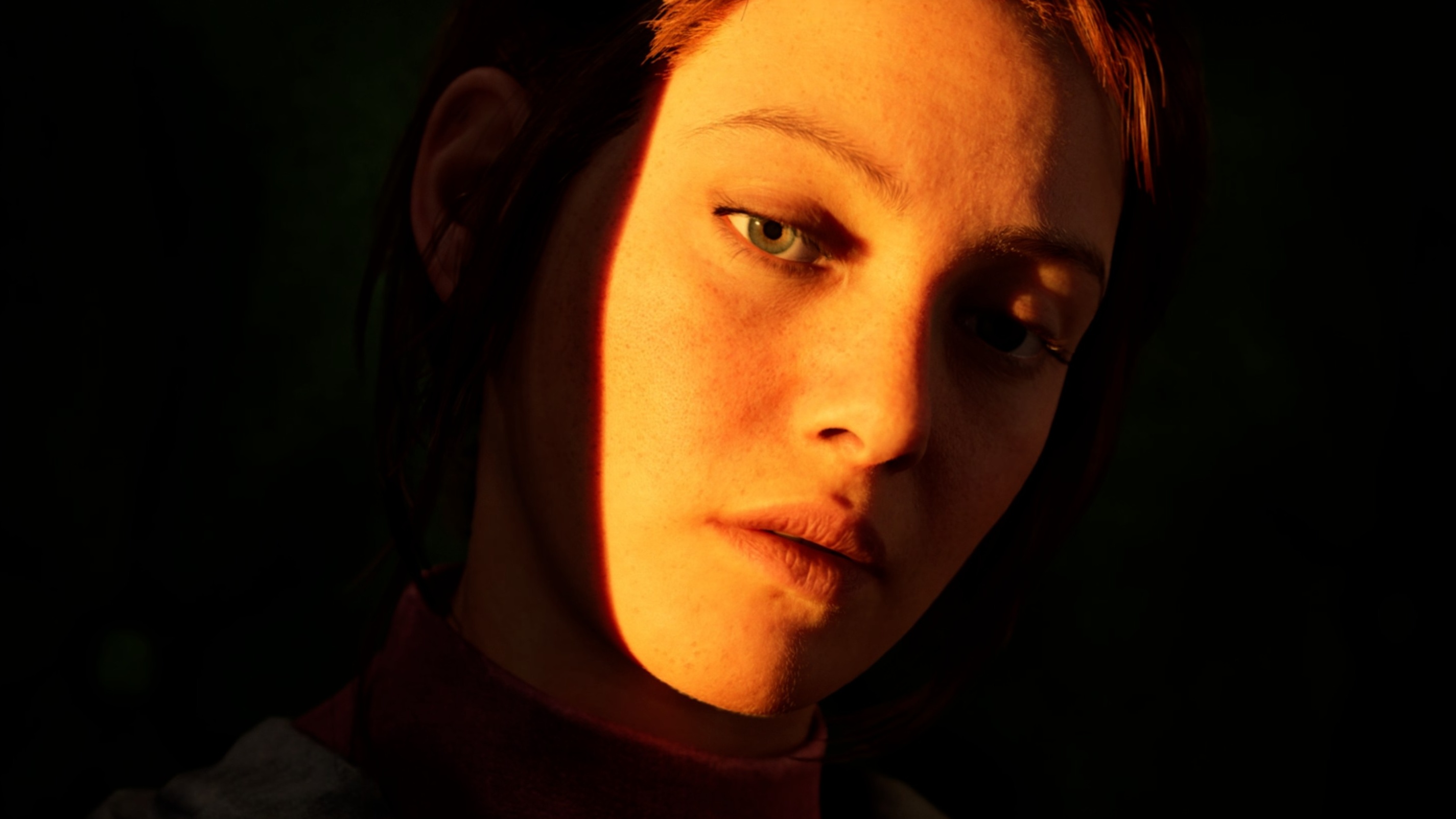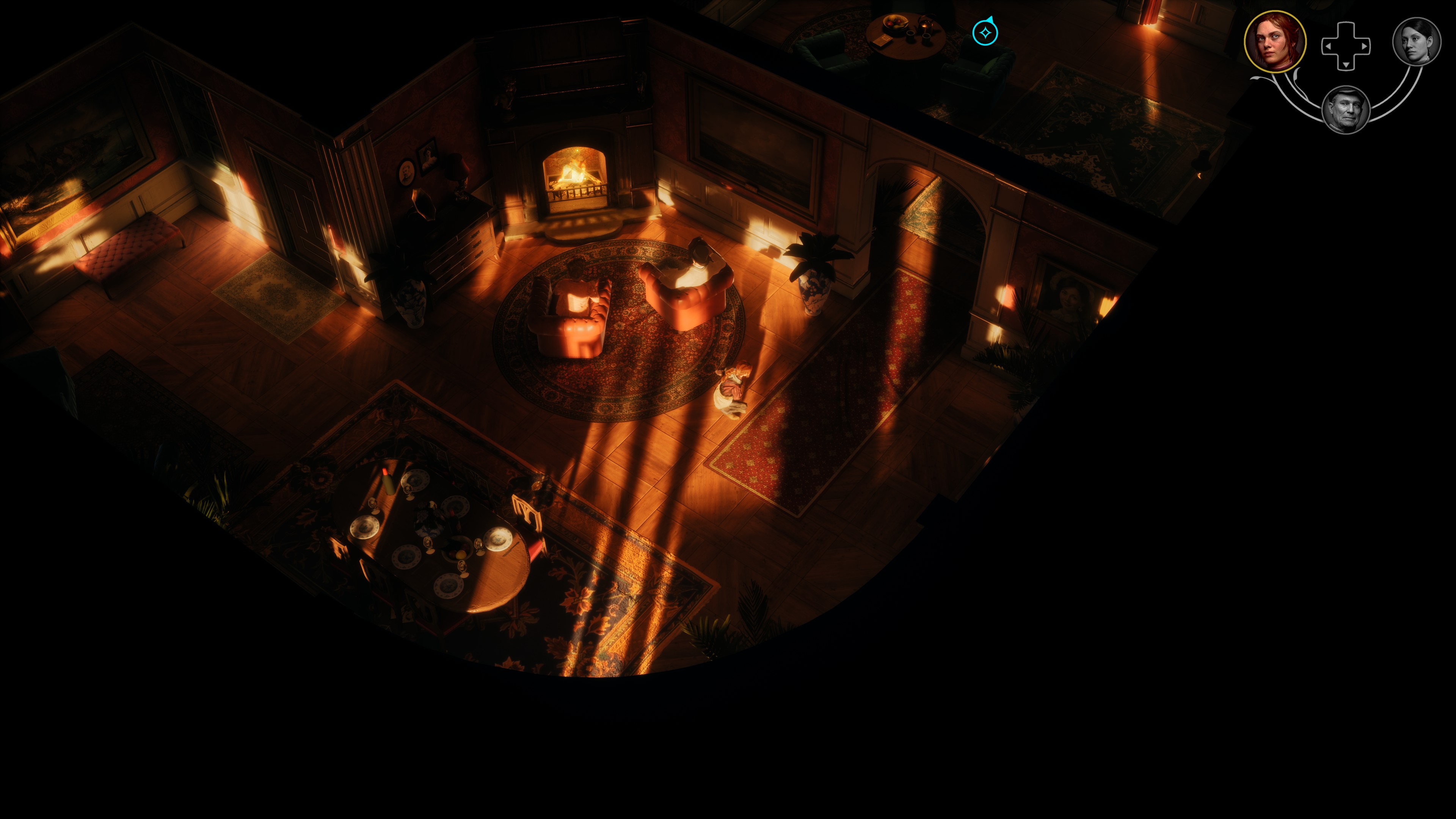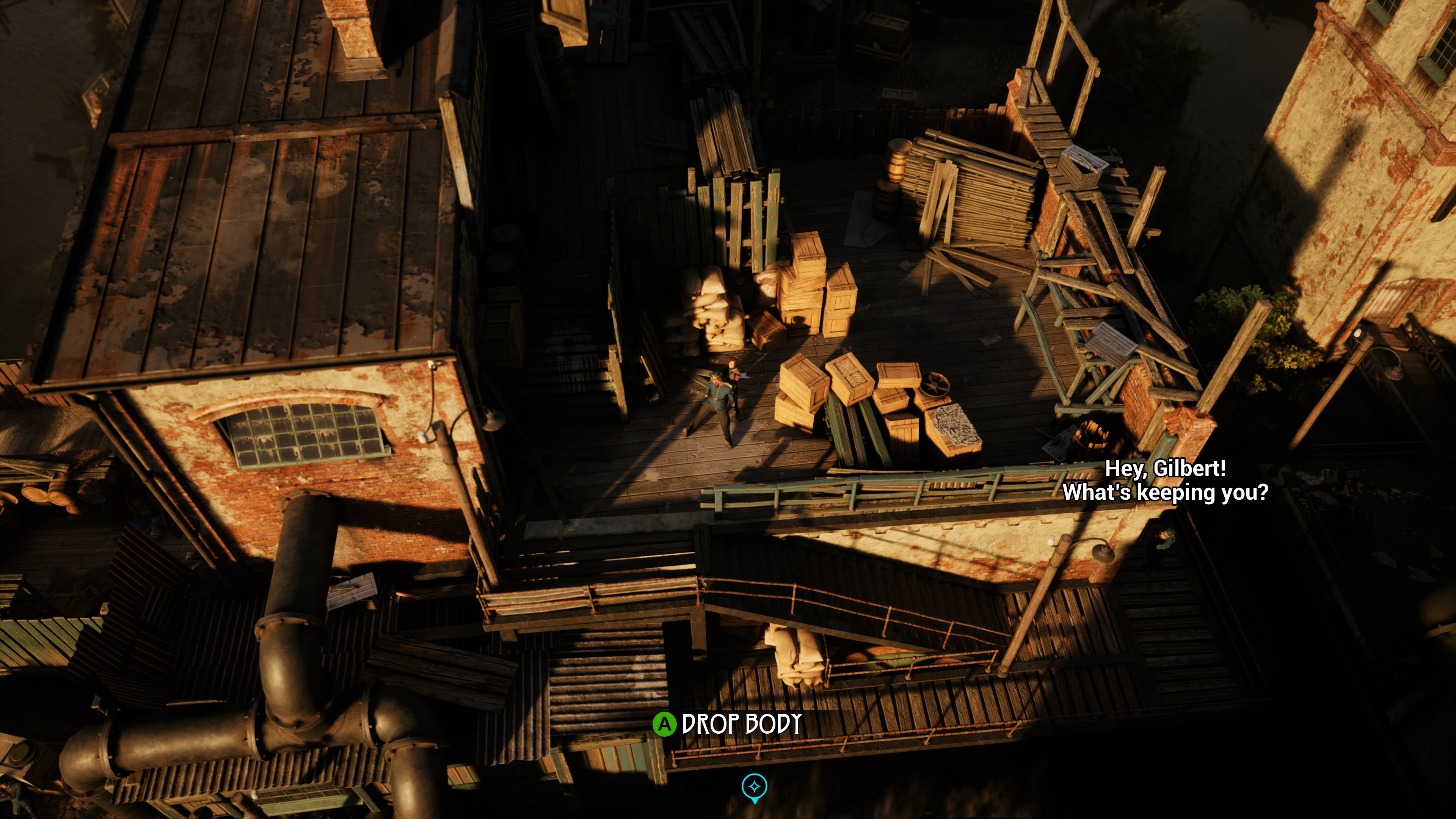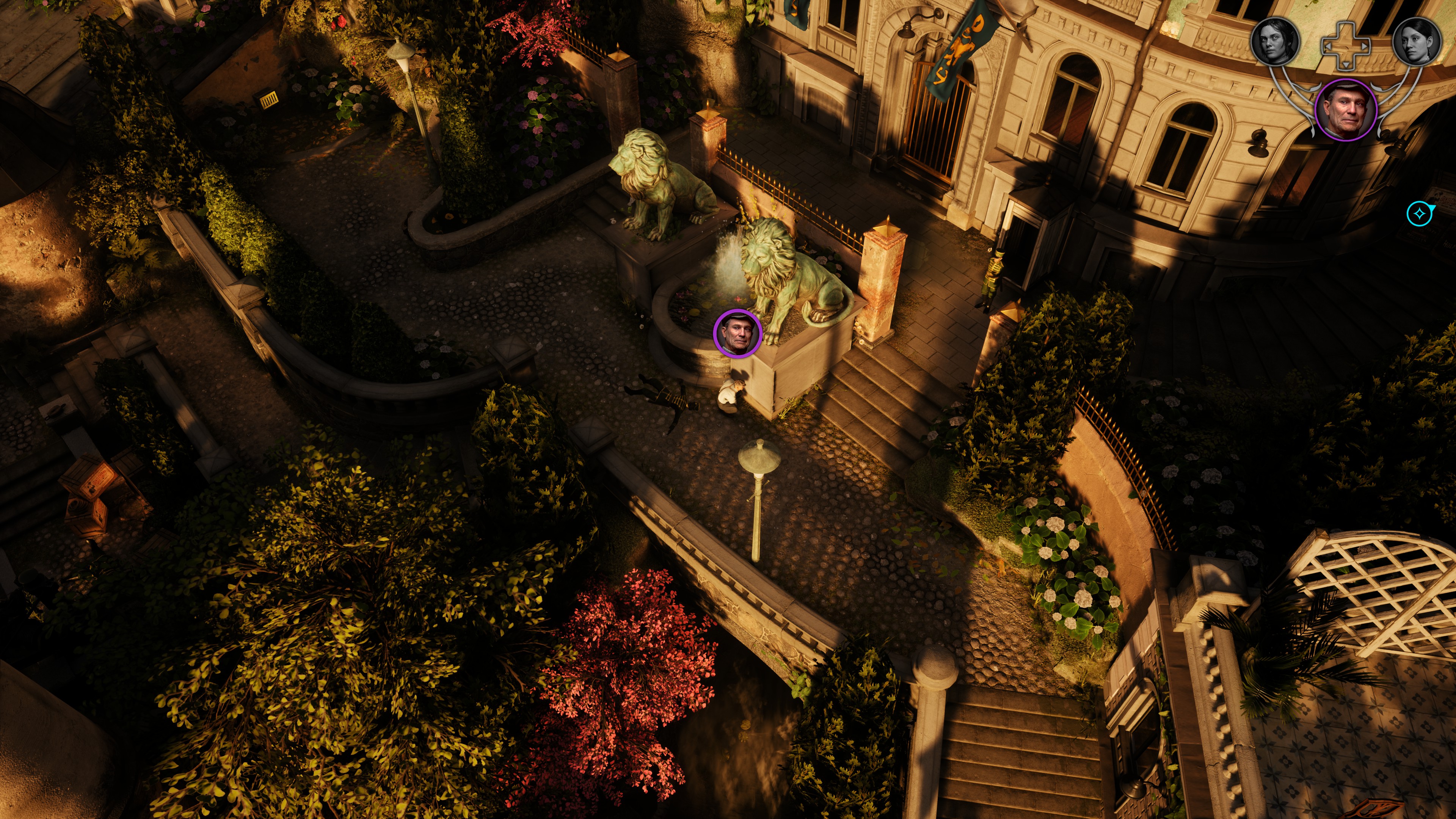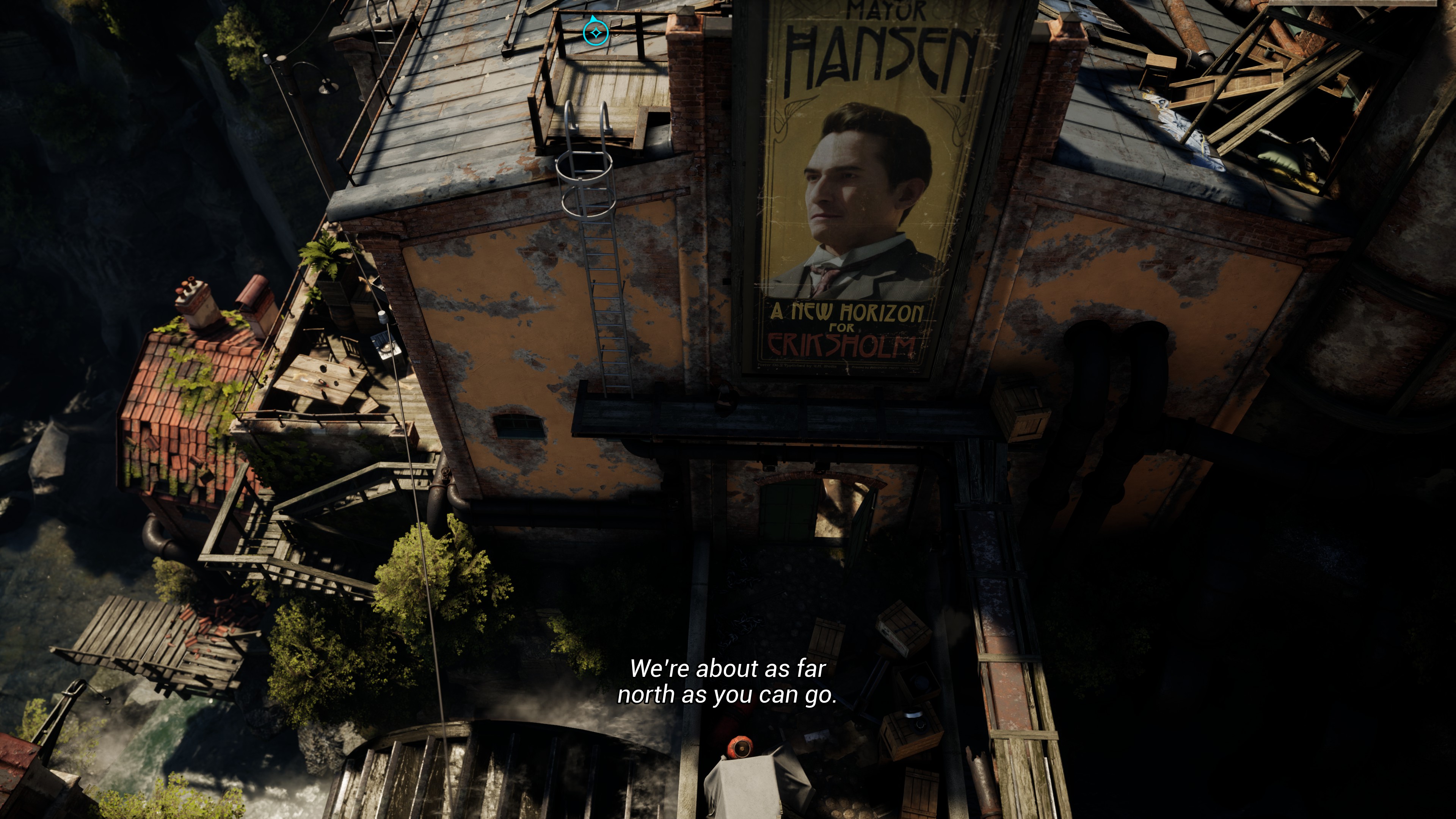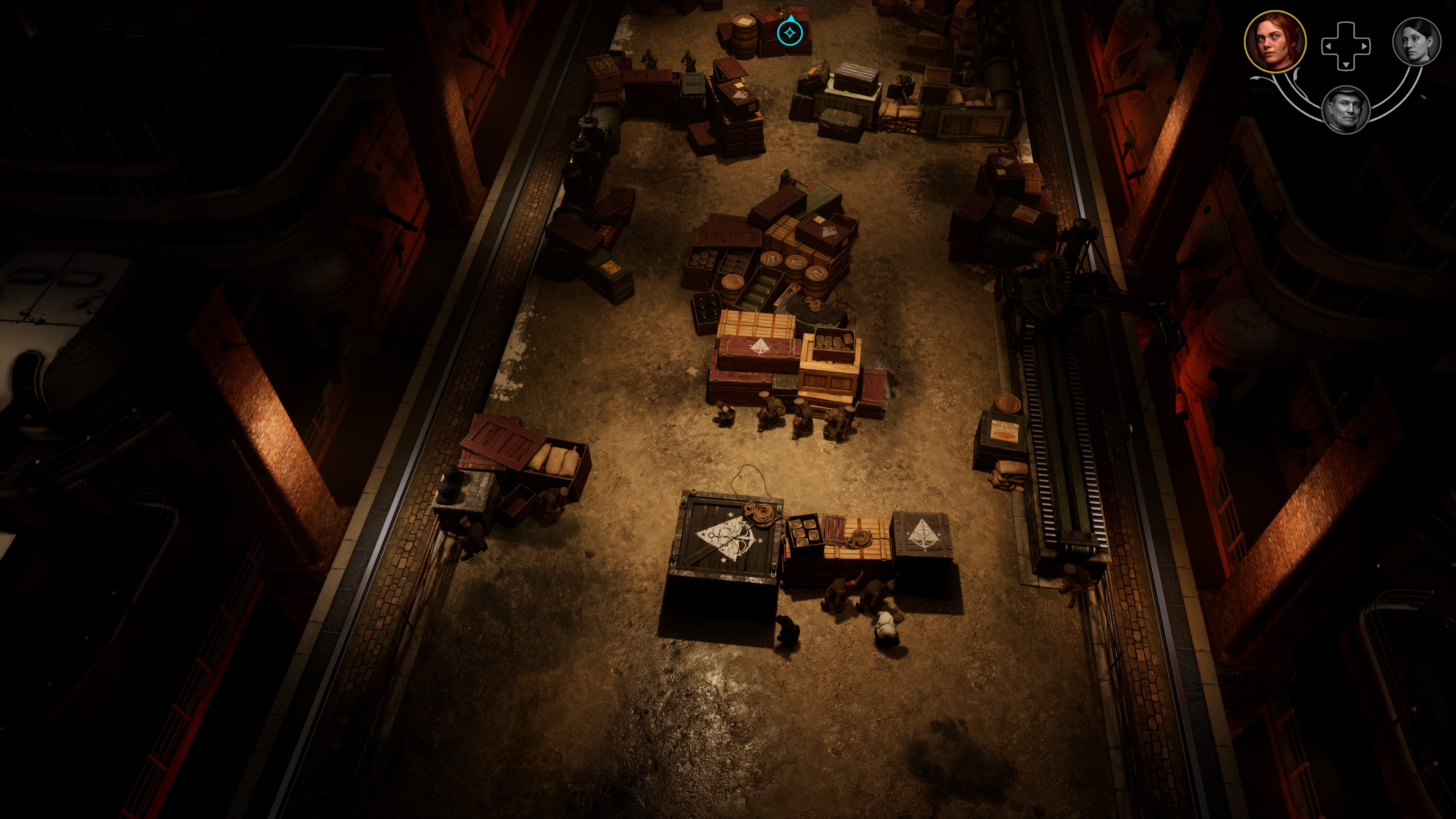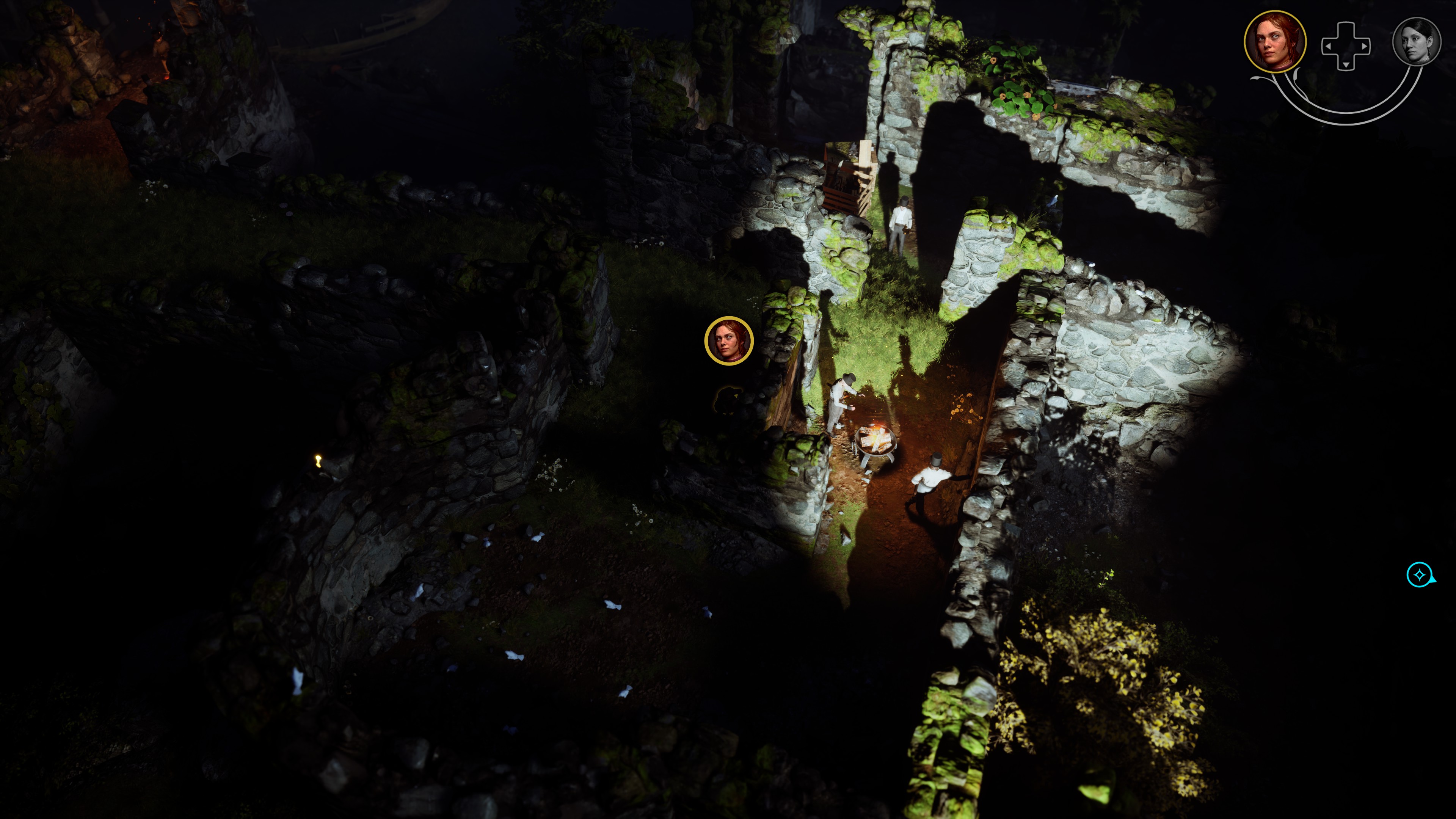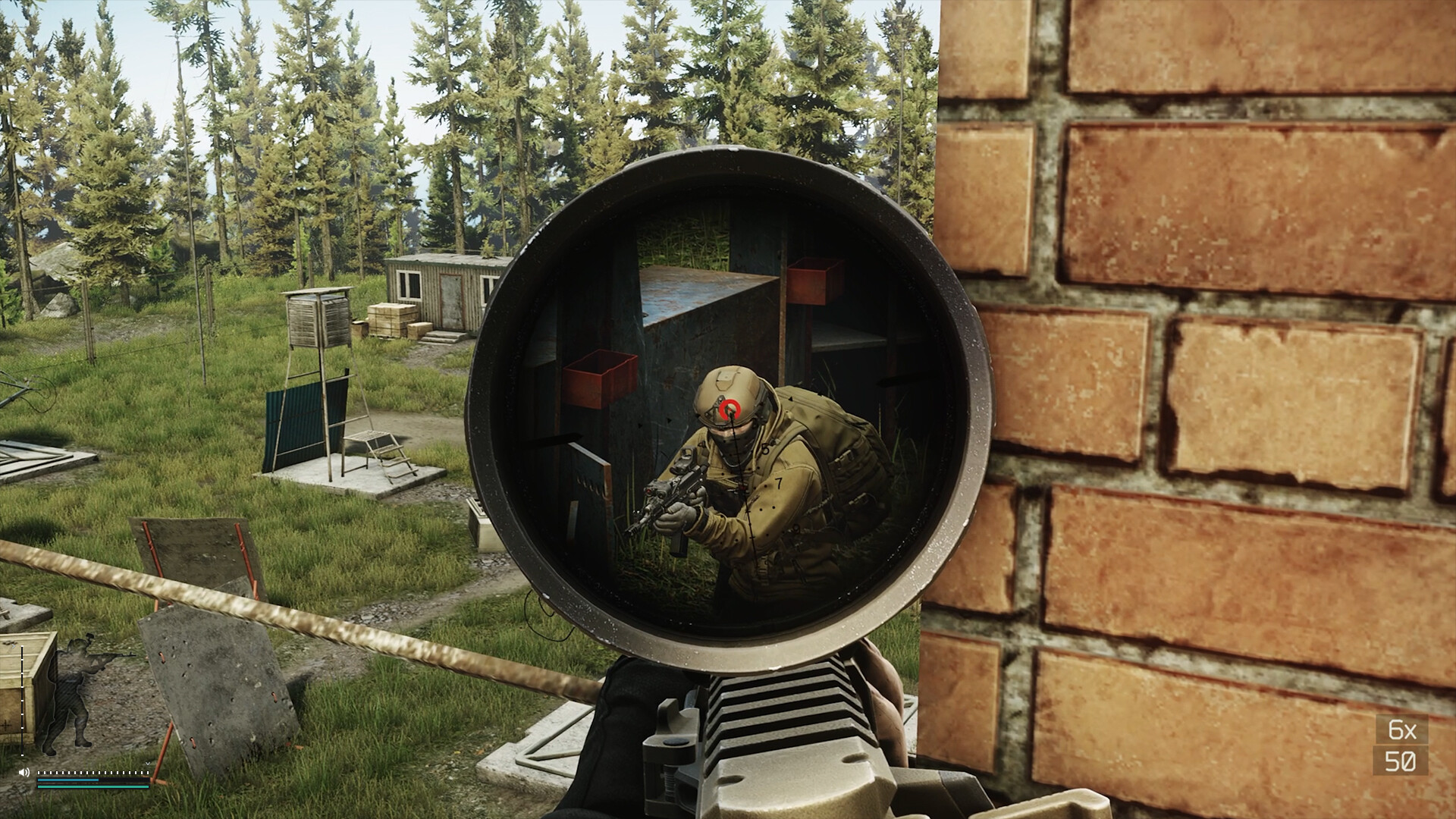Our Verdict
Beautiful and stacked with excellent performances, but Eriksholm's stealth feels too much like being led around by the nose to reach greatness.
PC Gamer's got your back
Eriksholm: The Stolen Dream will dupe you. Bamboozle you. Lead you up the garden path. An isometric stealth game that puts you in control of multiple characters who each have their own abilities? You know what this is, surely? You'll think to yourself: 'this is a Commandos, this is a Desperados, this is a game about combining and applying your characters' skillsets to creatively overcome obstacles.'
What is it Isometric stealth, Swedish-style.
Release Date 15 July, 2025
Developer River End Games
Publisher Nordcurrent Labs
Reviewed on RTX 4080, AMD Ryzen 3700x, 32GB RAM
Multiplayer No
Steam Deck Verified
Link Official site
And you'll be wrong. Despite appearances, Eriksholm is a strict, tight, and mostly linear thing. There's more in common with Hitman Go than Shadow Tactics here: the job before you is not figuring out your own solutions to its artisanal, bijou stealth encounters—it's poking at them until you figure out the precise solutions the devs intended. Trying to cheese them invariably means a swift end and a return to a generous checkpoint.
So it's more stealth puzzle than stealth sandbox, but within those confines it's usually satisfying to figure out what each encounter wants from you, even if it doesn't feel especially creative. And gosh, what a looker. Never before have Scandinavian cops been so lustrously lit, their twitches and grimaces so minutely animated.
Combine the glittering Unreal Engine 5-ness of it all with some genuinely impressive voicework—especially by the game's main playable trio—and you have a triumph of presentation if not gameplay: something that always looks its best even when what you're doing feels overly prescriptive.
Pretty Sneaky Sis
For its first few chapters, Eriksholm has you play exclusively as Hanna, a Dickensian orphan girl who has recently recovered from the Heartpox, the plague that's ravaging the game's pseudo-Sweden and bringing misery to an already-miserable working class, who tend the grimy looms and levers of its 19th-century setting.
Hanna's convalescence was overseen by her brother Herman, and the two get all of five minutes together before they get separated and the neighbourhood finds itself absolutely infested with cops. Herman's been up to something while Hanna's been in her sickbed and the gendarmes aren't happy about it, and now it's on her to figure out what and reunite with him. So off she goes.
These earliest chapters are the strongest, narratively. All Hanna can do is sneak, hide in shadows (which every character you eventually get can do), and use a blowpipe to knock foes out. Her superpower, really, is her organic ties to and knowledge of her community. She knows the shortcuts and secret passages, and her neighbours look the other way as she scurries over their rooftops.
Keep up to date with the most important stories and the best deals, as picked by the PC Gamer team.
She knows the shortcuts and secret passages, and her neighbours look the other way as she scurries over their rooftops.
Meanwhile, the cops are an alien and unwelcome presence, infuriating the locals while Hanna breezes easily over, under, and past them. It's a great local story—told as much through gameplay as it is through the dialogue you overhear from the town's alcoves—of a kind of natural community solidarity.
It's the later chapters, when you escape the neighbourhood, add more characters to your roster, and the scope broadens out, that the story falters a little. The antagonism between a community and an invading force of cops is traded out for a more personal conflict between Hanna (and comrades) and a singular, moustache-twirling villain. It's less believable and less interesting, while the game feels like it never quite grasps the interesting ideas it touches on with the clarity that it did in those first couple of chapters.
But fret not, because the game doles out new gameplay elements smartly as it goes on, and even as the story lost me I found my interest at least piqued by the new talents I was getting. Adding Alva to your crew lets you smash light sources and clamber up drainpipes, while the late addition of Sebastian finally gives you the ability to just straight-up choke out guards from behind. Almost every new chapter—of which there are eight—adds some new gameplay wrinkle, challenging you to integrate a new skill into your toolbox to overcome the ever-more complex stealth puzzleboxes it sets before you.
Hold my hand
Which made it all the more frustrating that I never felt like I had much say over how those skills were used. More than anything, my primary gripe with Eriksholm was its linearity: the fact that I only ever felt like I was finding predestined solutions to predestined problems.
It never totally lost me. Like I said, it does feel good to finally find the solution to a problem, to find the right key on your ring and hear it click in the lock, but it can get fatiguing to poke at problems just waiting to find the answer the devs intended, especially when the talents your team has feel like they should be able to be used creatively.
But every encounter feels fine-tuned to foil any attempt at outside-the-box thinking (or cheesing, admittedly). Tightly honed patrol patterns mean you can't quite get bodies into cover before being spotted by a guard who spins around at the last nanosecond before you're safe; Alva can distract guards with her slingshot, sure, but she can't make them move using it unless the level is explicitly designed to allow it.
In terms of choices made, I only ever felt like I had real input on how the game played out when I was deciding whether to go on the odd detour to pick up a collectible.
Gripping stuff
These limitations mean that, while I enjoyed my time with Eriksholm, only the performances and presentation ever felt truly great. The actual playing of it never transcended a hobbled sort of good: some interesting ideas and tight encounter design that never relaxed their grip on the player enough to feel properly special.
It's an almost Call of Duty-ish approach to stealth game design that doesn't 100% work. By its nature, stealth precludes the kind of bombast that might keep you engaged through a CoD shooting gallery.
But don't get me wrong, good is, well, good, and there's still plenty to like in Eriksholm even if most of it never tips over into excellence. If nothing else, you can feel the bones of a special Eriksholm 2 in there, just beneath that sun-starved Scandinavian skin.
Beautiful and stacked with excellent performances, but Eriksholm's stealth feels too much like being led around by the nose to reach greatness.

One of Josh's first memories is of playing Quake 2 on the family computer when he was much too young to be doing that, and he's been irreparably game-brained ever since. His writing has been featured in Vice, Fanbyte, and the Financial Times. He'll play pretty much anything, and has written far too much on everything from visual novels to Assassin's Creed. His most profound loves are for CRPGs, immersive sims, and any game whose ambition outstrips its budget. He thinks you're all far too mean about Deus Ex: Invisible War.
You must confirm your public display name before commenting
Please logout and then login again, you will then be prompted to enter your display name.
